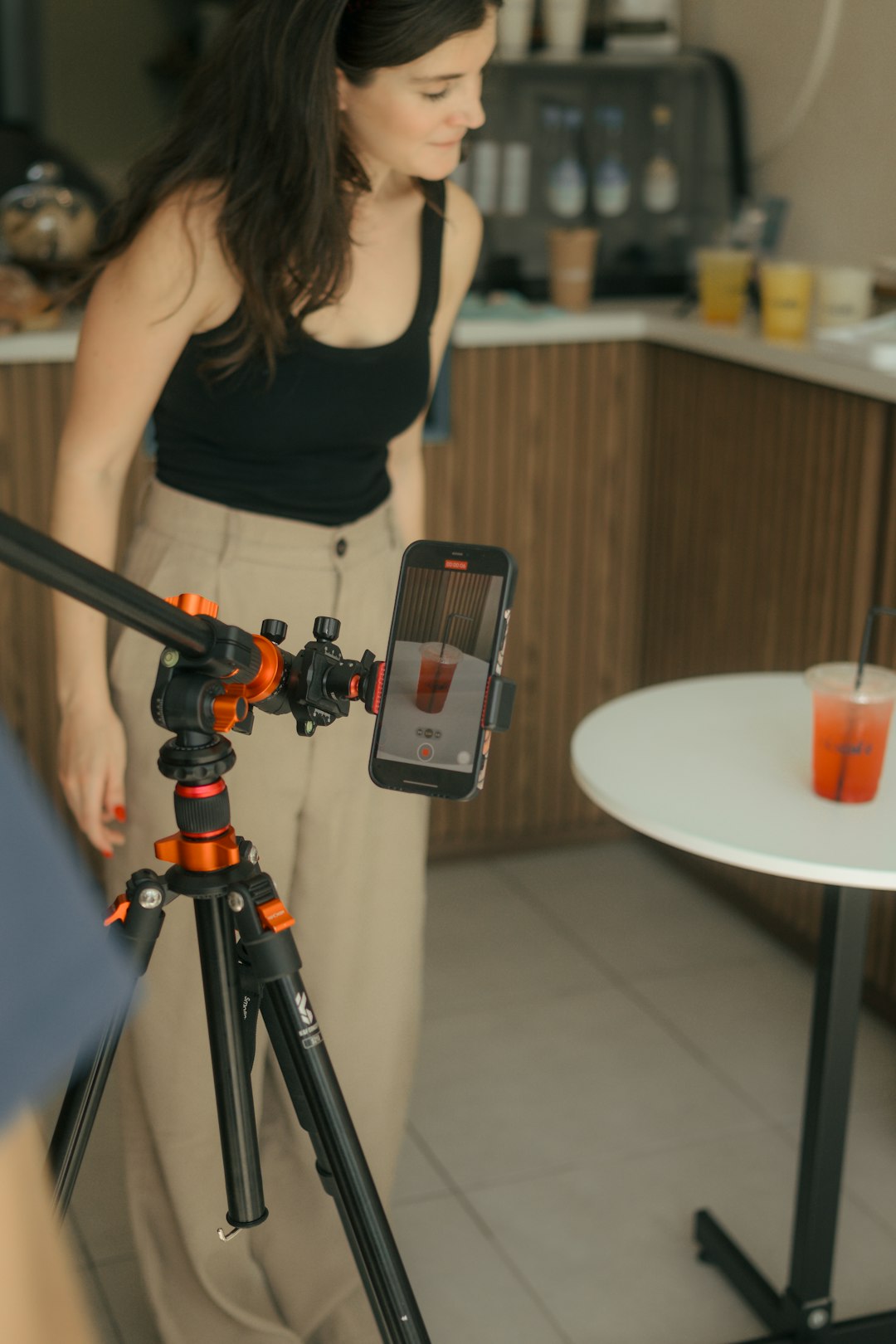In the ever-evolving landscape of online video content, YouTube Shorts has quickly gained popularity as a compelling short-form video platform. Designed for quick, engaging, and vertical video content, YouTube Shorts provides creators with a new way to share their messages, trends, or creative output. However, while the platform may seem simple on the surface, the success of a YouTube Short depends heavily on adhering to the correct formatting—especially when it comes to dimensions.
Creating content that meets YouTube’s technical and visual standards is paramount if you want to attract views and maximize engagement. This article will guide you through the official and recommended dimensions for YouTube Shorts, and explain why they matter for viewer experience and algorithmic performance.
What Are YouTube Shorts?
YouTube Shorts are short-form videos designed to be quick, engaging, and easily consumable. They allow creators to upload clips of up to 60 seconds in length, which can be composed of one or multiple segments. These videos are typically consumed on mobile devices and are presented in a vertical orientation to mirror the natural way people hold their phones.
Official Dimensions for YouTube Shorts
To be classified as a YouTube Short and appear on the dedicated Shorts feed, your video must meet the following criteria:
- Resolution: 1920 pixels tall by 1080 pixels wide
- Aspect Ratio: 9:16
- Duration: 60 seconds or less
Explanation: The aspect ratio of 9:16 ensures that the video fully occupies the screen of a smartphone held in portrait mode. The resolution of 1080×1920 pixels (commonly referred to as Full HD vertical) offers clarity and quality, ensuring your content looks professional and appealing.

Why Vertical Orientation Matters
The vertical format isn’t just a recommendation—it’s a core requirement. If you upload a horizontal video (16:9), YouTube may still categorize it as a Short if it’s under 60 seconds, but it won’t deliver the same viewing experience. In fact, horizontal Shorts often appear with black bars on the top and bottom, reducing screen efficiency and potentially diminishing viewer retention.
Moreover, YouTube’s algorithm favors Shorts that conform to optimal viewing formats. By submitting content in anything other than the expected 9:16 aspect ratio, you risk both lower engagement and decreased discoverability.
Technical Specifications for Uploading
Besides dimensions and duration, there are several other technical aspects to consider to ensure your YouTube Short performs effectively:
- File Format: MP4 is preferred for its high compatibility and quality.
- Frame Rate: Ideally 30-60 frames per second (fps). High-motion content benefits from 60 fps.
- Audio: AAC or MP3 within the video container, with a sample rate of 44.1kHz and a bitrate of at least 128kbps.
- File Size: While YouTube supports large files, Shorts typically don’t exceed 100MB due to their short duration and recommended compression.
Ensuring you meet these technical requirements helps YouTube process and distribute your content efficiently across different devices and networks.
Best Practices for Designing YouTube Shorts
Proper dimensioning is only part of crafting a compelling Short. The following best practices also play a key role in your video’s success:
- Keep It Visual: Given the screen-filling vertical format, visual storytelling is even more important. Use large, readable text and action-centered composition.
- Use the First Few Seconds Wisely: Attention spans are short—your thumbnail and opening seconds should instantly capture interest.
- Create for Sound On and Off: Many users watch videos without sound. Include captions and visual cues for accessibility.
- Include a Hook: Like TikTok, Shorts thrive on engagement. A suspenseful opening or interesting question can encourage viewers to watch till the end.
Professional-looking Shorts leverage both technical precision and creative storytelling. The combination helps build brand identity, increase subscriber count, and garner more views.
How to Record on the Correct Dimensions
You do not have to own expensive equipment to record vertical content in the correct dimensions for Shorts. Here are a few simple tools and tips:
- Smartphone Camera: Most modern phones shoot in 1080×1920 resolution by default when held vertically.
- Tripods and Mounts: Use vertical tripods or mounts to stabilize your phone in portrait orientation.
- Editing Software: Tools like Adobe Premiere Pro, CapCut, or iMovie offer 9:16 presets for exporting to YouTube Shorts.
- In-app Creation: The YouTube app’s built-in Shorts camera also captures in the standard format with added editing features.
Whatever method you choose, make sure you review the final export settings before uploading to confirm they meet the official dimension guidelines.

Can You Use Horizontal Videos as Shorts?
Technically, yes—but it’s not ideal. If your horizontal video is 60 seconds or less, it can still be categorized as a Short if uploaded via the YouTube app or with the hashtag #Shorts. However, it won’t provide the full-screen vertical experience users expect.
Even worse, it could dilute the user experience, making your video less compelling compared to others shot natively in the vertical format. Additionally, vertical videos are more likely to be promoted within the Shorts shelf, a critical area on both desktop and mobile interfaces where users discover trending content.
Impact of Dimensions on Engagement
Using the right dimensions isn’t just about meeting YouTube’s formal requirements—it directly affects your video’s performance. Videos filmed in the wrong aspect ratio often:
- Experience reduced watch time
- Receive fewer likes and shares
- Are less likely to be recommended by YouTube’s algorithm
In contrast, creators who comply with visual standards are more likely to be featured on the Shorts shelf, gain exposure to millions of mobile users, and grow their channel organically.
Key Takeaways
- Only videos with a 9:16 aspect ratio and 1080×1920 resolution qualify fully as optimized YouTube Shorts.
- The video length must not exceed 60 seconds.
- Ensure the content is high-quality, engaging, and suited for mobile viewing.
- Use captions and calls to action to improve retention and interaction.
- Double-check export settings before uploading to prevent incorrect formatting.
Adhering to these specifications and best practices doesn’t just help your video technically qualify as a Short—it also ensures that viewers enjoy the experience and engage more actively with your content.
Final Thoughts
YouTube Shorts is not just a trend—it’s a new medium of storytelling and audience engagement that aligns with the way people consume content today. By creating your Shorts with the correct dimensions and aspect ratio, you optimize your chances of success in a highly competitive landscape.
Whether you’re an established creator or just starting out, focusing on the technical and creative requirements for Shorts can significantly impact your visibility and growth. Treat every 60-second video as an opportunity to connect, inspire, or entertain—and do so with the right resolution and format in hand.
